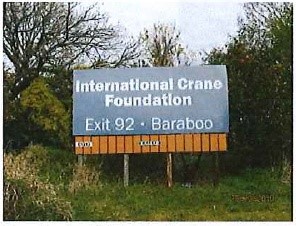
Overview
Outdoor advertising directional signs are a special category of outdoor advertising sign. They are intended to inform motorists of public and privately owned qualifying activities and attractions. This category is more restrictive than other types of outdoor advertising signs with regard to quantity, size, spacing, and content. However, traditional zoning restrictions do not apply. These signs can be erected along multiple highways and each qualifying activity or attraction is potentially eligible
to erect six directional signs – three signs per direction of travel on a single
route approaching the activity.
Location
- Private property (off highway right-of-way)
- On controlled routes
Size
- 150 square feet maximum area
- 20 feet maximum height or length
Content
- Qualifying attractions: government, natural phenomena, historic, cultural, scientific, educational, religious, natural scenic beauty, naturally suited for outdoor recreation.
- The message may contain only the name of the attraction or activity and directional information, such as mileage, route numbers, exit numbers, etc.
Fabrication, installation and maintenance
Paid for by
Relevant law, code, manual
Application
Contact